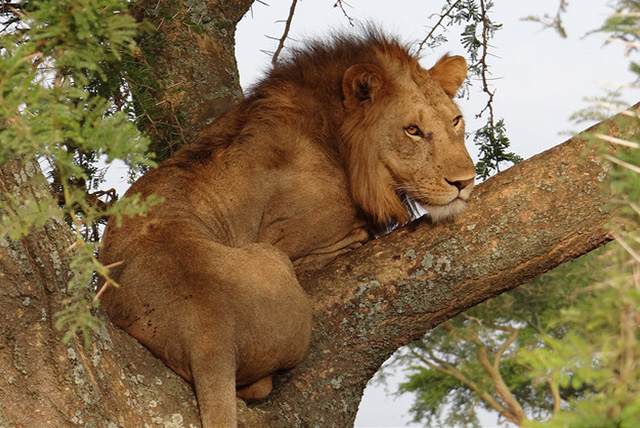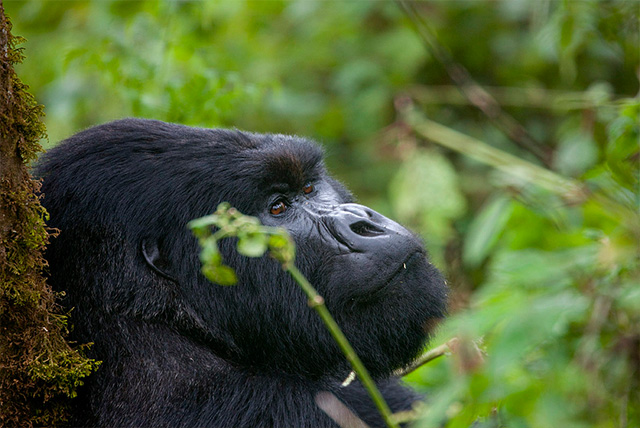Places to visit in Tanzania
Premier Destinations in Tanzania
Tanzania provides travelers with a plethora of diverse safari experiences, from observing vast herds of wildebeest, zebra, and other antelope migrate across the Serengeti plains to climbing the snow-capped summit of Mount Kilimanjaro or enjoying a refreshing beverage on the pristine white-sand beaches of Zanzibar.
Tanzania is a bustling and picturesque nation, endowed with remarkable parks and reserves, offering an unmatched blend of unsurpassed wildlife observation and stunning tropical beaches. Tanzania’s extensive size, approximately 1.5 times that of Texas, necessitates the categorization of its principal holiday spots into four regions.
- Northern Safari Circuit – the preeminent Tanzanian safari itinerary, encompassing the Serengeti, Ngorongoro, Lake Manyara, Tarangire, and Kilimanjaro.
- The coastline and islands of Tanzania, particularly the beaches of Zanzibar, are stunning and highly accessible.
- Southern Tanzania encompasses the remarkably untamed and underappreciated Nyerere (formerly Selous) and Ruaha, which are among the finest-kept secrets of Tanzanian safaris.
- Western Tanzania — venture to the remote regions of Katavi and Mahale for the quintessential off-the-beaten-path safari experience in Tanzania.
Unique places to visit in Tanzania
Top 10 best places to visit in Tanzania
Serengeti National Park: A Premier Safari Destination
The Serengeti, synonymous with safari, is the premier destination in Tanzania for dramatic wildlife viewing. The Serengeti, which accommodates the majority of the Wildebeest Migration from January to September, is renowned as one of Africa’s premier safari locations due to its vast expanse, accessibility, high-quality hotels and camps, and year-round wildlife richness. It is also a frequent destination for premier Tanzania safari excursions.
Ngorongoro Crater: Sanctuary for the Big Five
Introduce around 30,000 animals into the caldera of an extinct volcano. Incorporate wetlands, forests, grasslands, and extraordinary cliff-top accommodations, resulting in the Ngorongoro Crater. This exceptional Tanzania safari location provides outstanding wildlife observation in an extraordinarily distinctive environment. It is acclaimed for offering the most accessible and dependable Big 5 sightings in East Africa, and it arguably delivers the finest safari experience in Tanzania.
Tarangire National Park: A Dominion of Elephants
Adjacent to Lake Manyara and the Ngorongoro Crater, Tarangire merits significantly more than a standard day visit. From June to October, during the dry season, animal populations, particularly elephants, along the Tarangire River are among the highest in the nation. The park’s avian diversity, over 500 species, renders it one of the most gratifying Tanzania safaris for birdwatchers, complemented by a comprehensive array of huge predators. Tarangire is a remarkably diversified ecosystem characterized by riverine forests, expansive marshes, and open woods that encompass Africa’s emblematic baobab trees.
Lake Manyara National Park: Habitat of Tree-climbing Lions
Lake Manyara, a component of Tanzania’s renowned Northern Safari Circuit, provides accessible wildlife observation in a picturesque environment. The park hosts a diverse array of large species, including buffalo, hippopotamus, giraffe, elephant, leopard, and its renowned tree-climbing lions. Lake Manyara is a remarkable avian observation locale. Flocks of pelicans and flamingos are frequently observed in the lake, while the floodplains, woodlands, and evergreen forests exhibit similar vibrancy.
Zanzibar and the Islands of Tanzania: Indian Ocean Euphoria
Enhance your East Africa trip by residing on Tanzania’s Spice Island: Zanzibar. Ideal for children and couples alike, it is the premier destination in Tanzania for exquisite beaches and coral reefs, sunset dhow excursions, and the exploration of aromatic back-street marketplaces. The other Indian Ocean islands of Tanzania will also meet expectations. Pemba, Mafia, and Chole are premier beach holiday locations including exceptional diving, luxurious boutique accommodations, and extensive pampering services.
Ruaha National Park: An Undiscovered Treasure
Ruaha’s untamed and unrestrained nature distinguishes it from other safari locales. This concealed treasure is Tanzania’s largest national park, however it hosts only a limited number of safari sites despite its vastness. Other tourists will be absent; instead, you will encounter a multitude of creatures, including buffalo, giraffe, kudu, sable, roan, lion, cheetah, and leopard. It hosts Tanzania’s largest elephant population and serves as a refuge for rare African wild dogs.
Nyerere National Park: A Sanctuary for Wild Dogs
Nyerere National Park, formerly known as Selous, is the largest game reserve in Africa, surpassing the size of Switzerland. The Rufiji River, its vital artery, creates a complex system of channels, wetlands, and lakes that gives rise to one of East Africa’s most splendid ecosystems. Buffalo, hippopotamus, crocodile, and lion flourish in this region, which also serves as one of Africa’s paramount sanctuaries for endangered wild dogs. Do not overlook a boat safari, guided walk, or fly-camping expedition in this stunning wilderness.
Lake Tanganyika: Tropical Forests and Chimpanzees
The longest freshwater lake in the world is bordered by the hilly confines of the Great Rift Valley. It is among the most biologically diverse ecosystems on Earth, particularly owing to the proximity of the Mahale Mountains and Gombe Stream National Parks to the lakefront. These two remote locations merit the effort required to reach them, as both offer some of Tanzania’s most distinctive safari experiences: tropical rainforest animal observation and exceptional chimpanzee hiking.
Mount Kilimanjaro: The Highest Summit in Africa
Whether you are satisfied with remaining in its formidable shadow or aspire to ascend its glacial peak, the renowned Mount Kilimanjaro will undoubtedly evoke profound emotions. At 5,895 meters (19,340 feet), it is the highest mountain in Africa and the tallest free-standing mountain on the planet. However, its snow-capped summits are considerably more attainable than one might assume. Climbing Kili during the dry season, from July to October or January to March, demands no technical climbing skills. However, organizing and completing a summit hike necessitates considerable logistical effort.
Arusha: An Entry Point to Safari
Arusha, the unequivocal safari capital of Tanzania, is included in the itinerary of nearly all visitors to the Serengeti, Ngorongoro Crater, and Lake Manyara, as logistical considerations frequently necessitate an overnight stay in or near the city. Situated beneath Mount Meru, Arusha features an international airport (Kilimanjaro International Airport) and the smaller Arusha Airport for charter flights to other locations. While in Arusha, you will encounter numerous options to purchase souvenirs, engage in cultural activities, and explore local attractions.
Dar es Salaam: Access to the islands
The majority of visitors to Dar es Salaam are en route to Zanzibar or the Indian Ocean coastline; yet, this vibrant city offers convenient access to Tanzania’s lesser-known reserves, including Selous. Premium lodging is accessible should you require overnight accommodations.









